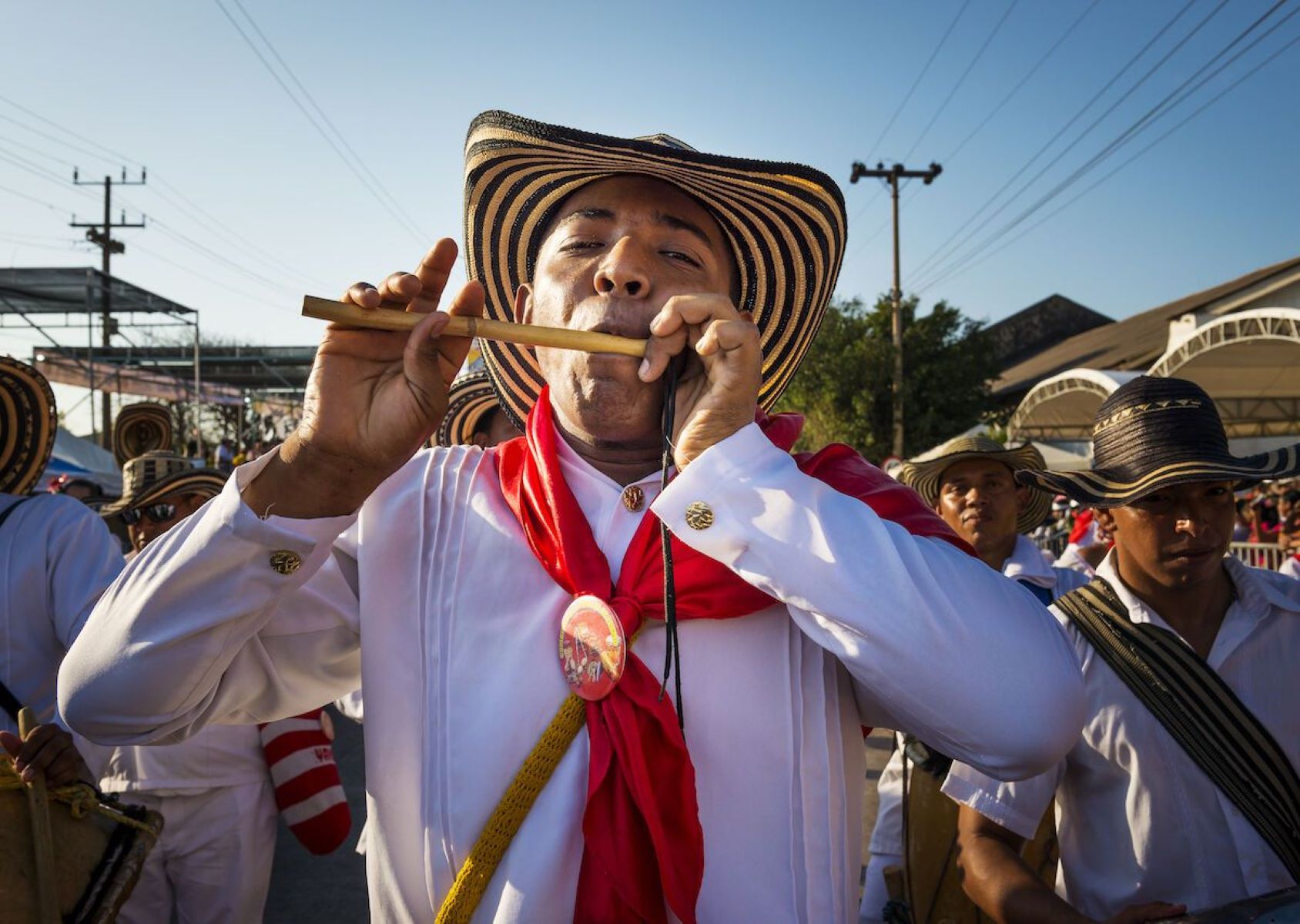11 Stereotypes Colombians Wish You Didn’t Believe

Colombia is a country rich in culture, history, and natural beauty. However, many people still hold outdated or incorrect beliefs about this vibrant nation. Stereotypes about Colombians often paint an unfair picture, overshadowing the true essence of the country and its people. From misconceptions about safety to assumptions about daily life, these stereotypes can affect how others perceive Colombia. It's time to set the record straight and appreciate the real Colombia. This article will address some common myths and provide a clearer understanding of what makes Colombia unique. Let's dive into the truth behind these stereotypes and celebrate the diversity and warmth of Colombians.
Colombia is Dangerous
Many people think Colombia is unsafe due to its past. However, the country has made significant progress in recent years. Here are some safe and vibrant places to visit:
- Bogotá: The capital city offers museums, parks, and a bustling nightlife.
- Medellín: Known as the "City of Eternal Spring," it boasts beautiful weather and innovative public spaces.
- Cartagena: This coastal city is famous for its historic old town and stunning beaches.
Everyone is Involved in Drug Trade
This stereotype is not only false but also offensive. Most Colombians are hardworking individuals who want to distance themselves from this negative image. Here are some places where you can see the real Colombia:
- Coffee Triangle: Visit coffee farms and learn about the coffee-making process.
- San Agustín: Explore ancient archaeological sites and learn about Colombia's rich history.
- Villa de Leyva: A charming colonial town with cobblestone streets and historical landmarks.
Colombians Only Dance Salsa
While salsa is popular, Colombians enjoy a variety of music and dance styles. Each region has its own unique flavor. Here are some places to experience different rhythms:
- Cali: Known as the salsa capital, but also offers other music genres like reggaeton and vallenato.
- Barranquilla: Famous for its vibrant Carnival, featuring cumbia and mapalé dances.
- San Andrés: An island where reggae and calypso are the beats of choice.
Colombia is Just Jungle and Beaches
Colombia's diverse landscapes include mountains, deserts, and plains. Here are some places that showcase this variety:
- Tatacoa Desert: A stunning desert landscape perfect for stargazing.
- Sierra Nevada de Santa Marta: Home to the highest coastal mountain range in the world, offering trekking and indigenous culture.
Colombians Are All the Same
Colombia is a melting pot of cultures, ethnicities, and traditions. Each region has its own unique identity. Here are some places to experience this diversity:
- Amazon Rainforest: Meet indigenous tribes and learn about their way of life.
- Palenque de San Basilio: A village founded by escaped slaves, rich in Afro-Colombian culture.
- Guajira Peninsula: Home to the Wayuu people, known for their vibrant textiles and crafts.
Colombia is Poor and Underdeveloped
While Colombia faces challenges, it also has thriving cities and modern infrastructure. Here are some places that highlight its development:
- Bogotá's Zona T: A trendy area with upscale restaurants, shops, and nightlife.
- Medellín's Innovation District: A hub for tech startups and innovation.
- Cartagena's Bocagrande: A modern district with high-rise hotels and shopping centers.
Colombians Don't Speak English
While Spanish is the official language, many Colombians, especially in tourist areas, speak English. Here are some places where you'll find English speakers:
- Bogotá: Many young people and professionals speak English.
- Medellín: Increasingly popular with digital nomads, many locals are learning English.
- Cartagena: A major tourist destination where English is commonly spoken.
Colombia is Not Family-Friendly
Colombia is a great destination for families, offering activities for all ages. Here are some family-friendly places:
- Parque Explora in Medellín: An interactive science museum perfect for kids.
- Tayrona National Park: Offers beautiful beaches and hiking trails suitable for families.
- Salt Cathedral of Zipaquirá: A fascinating underground cathedral that kids will find intriguing.
Colombians Are Lazy
This stereotype couldn't be further from the truth. Colombians are known for their strong work ethic and entrepreneurial spirit. Here are some places where you can see this in action:
- Bogotá's Financial District: A bustling area filled with hardworking professionals.
- Medellín's Comuna 13: Once a troubled area, now a symbol of resilience and creativity.
- Cartagena's Getsemaní: A neighborhood where local artists and entrepreneurs thrive.
Colombia is Not Safe for Solo Female Travelers
Many solo female travelers have had positive experiences in Colombia. The key is to stay informed and take standard precautions. Here are some places that are particularly welcoming:
- Salento: A small town in the Coffee Triangle, known for its friendly locals.
- Minca: A peaceful village in the Sierra Nevada, perfect for solo travelers.
- Guatapé: A colorful town near Medellín, safe and easy to navigate.
Colombians Are Uneducated
Education is highly valued in Colombia, and the country has many reputable universities. Here are some places that highlight Colombia's commitment to education:
- Universidad de los Andes in Bogotá: One of the top universities in Latin America.
- EAFIT University in Medellín: Known for its business and engineering programs.
- Pontificia Universidad Javeriana in Bogotá: A prestigious institution with a wide range of programs.
Breaking Stereotypes for a Better Understanding
Colombians are tired of the same old stereotypes. These misconceptions paint a narrow picture of a vibrant, diverse country. Colombia is not just about coffee, drug cartels, or salsa dancing. It’s a place with rich culture, stunning landscapes, and warm, welcoming people. By moving past these outdated ideas, you can appreciate the true beauty of Colombia. Next time you meet someone from Colombia or plan a visit, remember to keep an open mind. Let go of the clichés and embrace the real stories and experiences. This way, you’ll not only enjoy your time more but also show respect to the people who call Colombia home. Breaking these stereotypes helps build better connections and fosters a deeper understanding of this amazing country.

